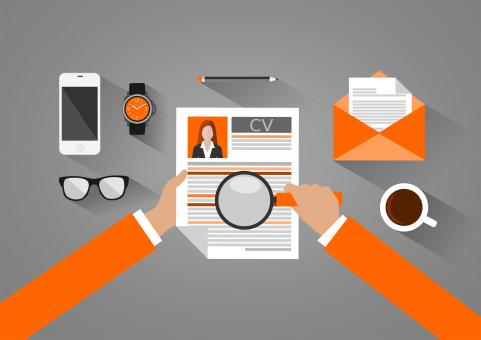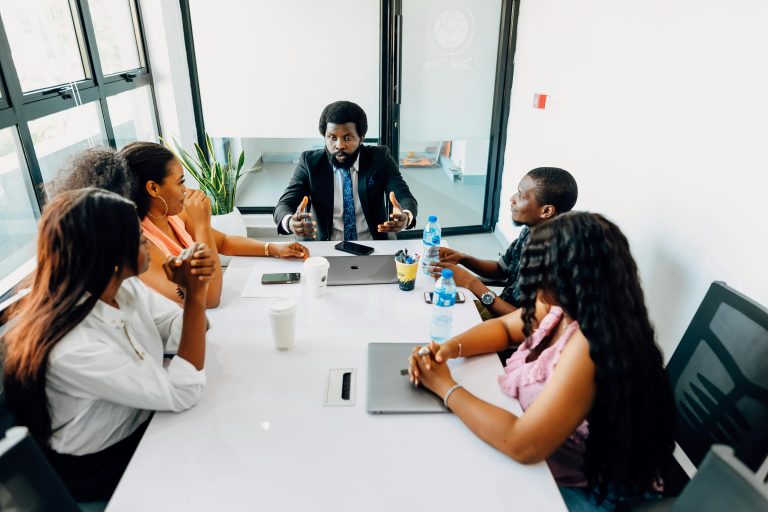HR communications are poised for a significant evolution in the coming year. As work environments evolve and new technologies emerge, the way organizations engage, connect and empower their employees will change.
HR communications become more important than ever for businesses as they navigate upcoming trends around shifting work environments, emerging technologies and more. Five trends in particular are poised to define HR communications in 2024 and beyond.
Trend 1: Keeping Remote Workers Connected
Employees have a growing desire for increased flexibility in where they work. According to a study by McKinsey, when offered, almost everyone surveyed takes the opportunity to work flexibly. However, amidst this shift, a surprising uptick in feelings of isolation emerges. A study conducted by ServiceNow and ThoughtLab reveals that remote and hybrid employees are struggling with elevated levels of stress and loneliness.
Technology as the Bridge
The challenge for HR in 2024 is to find effective ways to connect with remote employees, combat loneliness, and ensure the seamless dissemination of mission-critical communications. HR technology emerges as a solution to keep employees connected while also offering the flexibility they desire. Platforms like Slack are utilized to create “virtual water cooler” moments, facilitating informal check-ins and fostering a sense of culture and community.
HR professionals and communicators will continue the hybrid work conversation into 2024, discussing policies, technology, and how best to create culture and connection in an ever-changing and distant landscape.
Trend 2: Personalizing Communications
Modern employees no longer settle for traditional mass emails and stagnant intranet pages; instead, they seek a personalized, omnichannel experience. In fact, recent research found that over 70% of communicators and HR leaders recognize an increase in employee burnout due to digital overload. While a majority (62%) believe great employee engagement can improve performance, retention and loyalty across their workforce, many said they lack the tools for an effective employee engagement program and more than half admitted to feeling overwhelmed when receiving too much communication through too many channels at work.
The Right Message in the Right Place at the Right Time
Just as consumers receive notifications from their platform or device of choice based on their preferences, HR professionals are urged to adopt a similar approach. Personalized, omnichannel campaigns ensure that employees access relevant information precisely when they need it, fostering engagement and transforming the overall employee experience.
AGCO is one company that has mastered the art of personalized, intelligent communication. Realizing that there is a direct correlation between happy employees and happy customers, AGCO used intelligent communications to determine how to reach each employee with the information they needed, whether through email or push notifications, catering to unique preferences. The result is a significant impact on employee retention, showcasing the tangible benefits of creating consumer-like experiences in the workplace.
Trend 3: Navigating the HR Technology Ecosystem
HR plays a critical role in managing multiple systems and vendors. In fact, according to Josh Bersin, renowned HR advisor, “large HR departments now manage an average of 11 systems of record, while L&D departments collaborate with up to 22 different vendors.” This underscores the critical role of HR in orchestrating the way employees navigate their technology ecosystem to access resources and communication vital for their job performance and overall engagement.
The HR-IT Collaboration Imperative
Acknowledging HR’s substantial role in buying and utilizing HR technology, collaboration with IT professionals is essential. The creation of a company-wide digital committee, featuring cross-functional teams from IT, safety, security, communications, and other relevant departments, becomes the linchpin for success. The digital committee’s primary objectives include defining and educating employees on platform utilization, strategizing the interconnection of platforms, ensuring employee accessibility, and addressing mobile phone policies.
Trend 4: Embracing Generative AI
Generative AI is rapidly becoming an integral part of the HR landscape, and its influence is set to grow even further. As we anticipate continuous advancements in automation and AI, HR professionals should prepare for the seamless integration of AI into technologies and various aspects of their work, from recruitment to onboarding and everyday HR tasks.
AI as an Efficiency Tool
While AI offers efficiency, it doesn’t replace critical human skills such as critical thinking, emotional intelligence, and strategic planning. Instead, generative AI complements these skills, freeing up more time for HR professionals to focus on their strategic and value-driven responsibilities. Encouraging HR professionals to explore generative AI, platforms like ChatGPT offer opportunities to experiment with writing prompts or analyze engagement survey data. By incorporating AI proficiency as a vital skill, HR adapts to the evolving landscape and maximizes the benefits of this transformative technology.
Trend 5: Supporting Employee Well-Being
In the 2023 Fortune 100 Best Companies to Work For, employee well-being was one of the biggest differentiators for companies who made the list – 83% of employees at these top companies reported having a psychologically and emotionally healthy workplace. The benefit of focusing on employee well-being? These companies experienced substantial boosts in productivity.
Historically, employees were responsible for managing stress levels personally or seeking support through health coverage, employee assistance programs, or occasional workplace wellness events. However, a paradigm shift is occurring, with employees turning to organizations to create robust wellness programs – beyond the occasional chair yoga class or walking challenge.
Raising Awareness with Intelligent Communications
In championing a well-being-centric culture, HR communications play a pivotal role in awareness and utilization of benefits. Astonishingly, 58% of employees remain oblivious to available benefits. In this context, strategic communication becomes paramount.
Personalized, omnichannel communications that target employees with the right information at the right time should be utilized to help employees receive valuable wellness and mental health messages during those moments that matter in the employee journey, instead of once a year in an unopened email or during open enrollment time. For example, a push notification about an Employee Assistance Program sent when the data shows a retail worker just returned from bereavement leave could be a powerful way to personalize communications.
Conclusion: A Dynamic Year Ahead
The intersection of technology and human connection is evolving at an unprecedented pace. The coming year promises excitement and transformation, with HR professionals at the helm of pioneering these progressive changes. 2024 is a year that holds the potential for groundbreaking possibilities in the world of HR, communications, and technology.
Brittany Barhite is Head of Employee Experience at Firstup.













